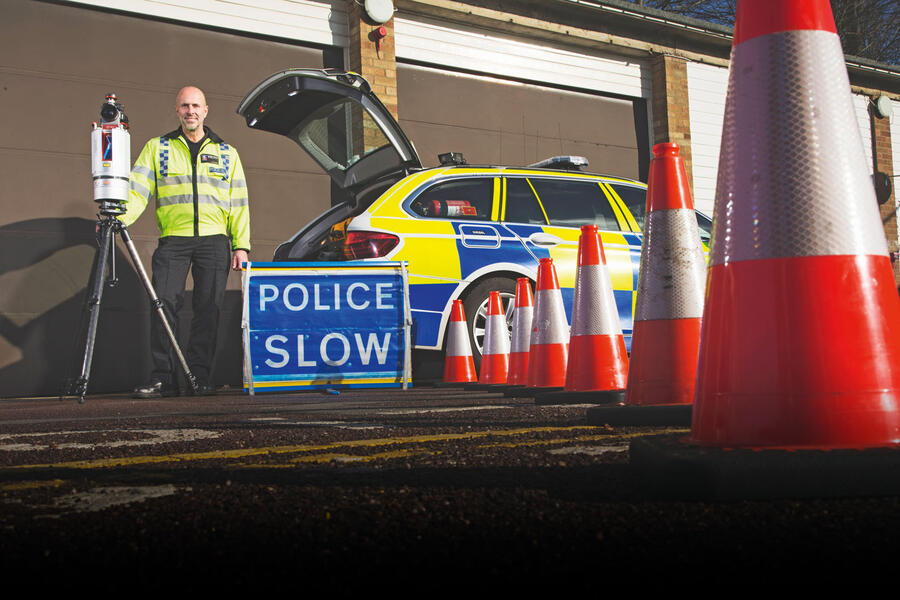“The airbag module is a really good way of finding out what happened,” says Gary. “It gives about five seconds of data before the crash and a couple of seconds after.”
Some car makers – Gary cites Toyota and Volvo, but there are more – provide the access codes, yet others refuse. “Some lie and tell us it’s not there,” he says. “But it is.” Gary shows us the data from a double-fatal collision involving a car and a motorcycle. It reveals the precise speed of the car in the lead-up to the crash, its deceleration, steering inputs and the impact with the bike, all in tenth-of-a-second increments. It’s exactly what Gary needs, but in many cases, it’s out of reach. A few years ago, there was talk that the EU was going to make it compulsory to provide the data, “but if it’s happening, I’ve not heard about it”, he says. “The car manufacturers are powerful. I presume they’re lobbying against it but I don’t know why.”
For all the unpleasantness Gary faces in his job, he stresses that our roads are safer than ever. New technology can take much of the credit, but attitudes have changed, too. “Now everyone wants their five-star NCAP rating,” he says. “Safety has become a selling point.” And it’s true: it has. So let’s all leave our phones alone while we’re driving, eh? Just to be on the safe side.

Location, location, location
While we’re talking, a call comes in about a possibly fatal crash on the M1 and Gary asks if we want to “go and have a look”. I wonder about the sensitivity of him turning up with a journalist and photographer in tow, but the incident turns out to be in Northamptonshire, off Gary’s patch.
As we listen to the radio chatter about the crash, another new tech-related issue is highlighted: the traffic cops can’t locate the accident. Gone are the days when people would stop and call in details from a motorway’s emergency phone. Now we use our mobiles, and sat-navs mean many people have no idea where they are at any given moment. “Half of them don’t know whether they’re going north or south, which junctions they’re between or even which motorway they’re on,” Gary says.
We’re supposed to use the ‘driver location signs’ (google ’em) on such occasions, “but no one knows about those,” says Gary. “You can spend a lot of time just driving up and down looking for a crash.”
Read more
Here’s why sat-nav and phone laws for cars are confusing
Behind the scenes with Surrey’s traffic cops: how to catch a caller